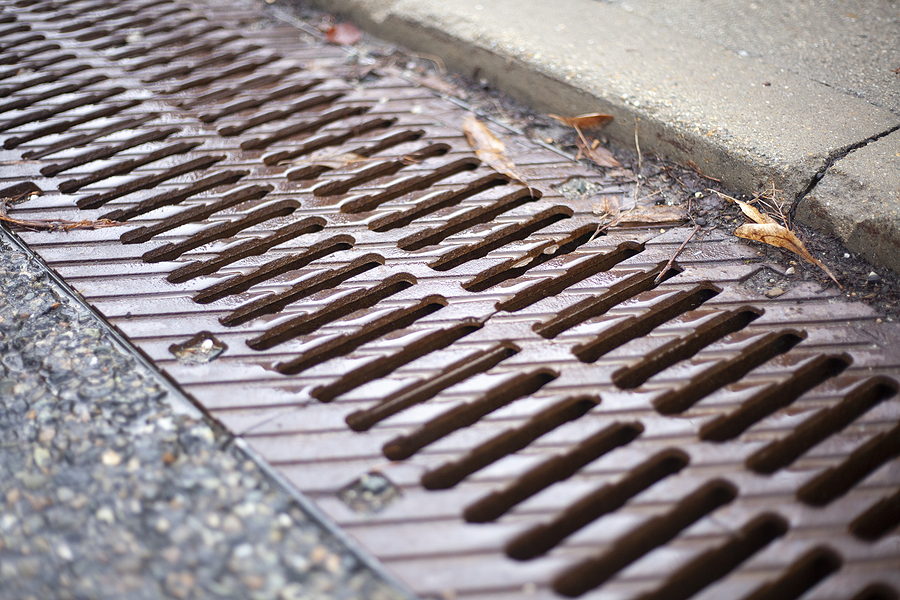Managing water runoff on commercial properties is a significant concern, and without proper systems in place, it can lead to numerous issues, from pavement damage to safety hazards. This guide aims to shed light on effective strategies that can be employed, focusing on key solutions such as stormwater drains and culvert installation. We’ll delve into the specifics of commercial pavement drainage, helping you understand its importance, how it works, and how it can save you from potentially costly repairs in the future. So, let’s get started and dive into the world of efficient water management solutions!

Understanding Commercial Pavement Drainage
Before we go into the details of pavement drainage solutions, it’s essential to understand what commercial pavement drainage is and why it matters. Essentially, commercial pavement drainage refers to the process of managing water runoff on a commercial property. This includes managing rainwater, irrigation runoff, and any other form of water that may come in contact with paved asphalt and concrete surfaces on a commercial property. The goal of asphalt and concrete drainage is to divert water away from paved surfaces and prevent it from pooling or causing damage.
Importance of Effective Commercial Pavement Drainage
Proper water drainage systems for pavements are crucial for several reasons. Firstly, it helps prevent costly repairs and maintenance due to water damage. When water is allowed to pool on pavement surfaces, it can seep into cracks and cause them to expand, leading to potholes and other forms of pavement damage. Additionally, water pooling on paved surfaces can create safety hazards for pedestrians and vehicles, increasing the risk of accidents. Effective pavement drainage also helps prevent erosion of nearby landscapes and protects buildings from potential water damage.
Key Solutions for Commercial Pavement Drainage
There are various solutions available for effective commercial asphalt and concrete drainage, but some of the most common and effective methods are stormwater drains and inlets, trench drains, channel drains, French drains, and culvert installation. All of these solutions work by diverting water away from paved surfaces, preventing any potential damage or hazards.
Stormwater Drains
Storm-water drains are a system of pipes strategically placed beneath paved surfaces to collect and redirect water runoff to designated areas. These drains are typically designed to handle a specific amount of water flow, depending on the size and capacity of the system. They are available in different sizes, shapes, and materials, making it easy to find one that suits your commercial property’s needs.
Culvert Installation
Culverts are structures placed under paved surfaces to allow water to pass through while preventing any potential damage to the pavement. These structures are typically made of concrete, steel, or plastic and can handle large amounts of water flow. Culverts are often used in areas where stormwater drains may not be suitable due to limited space or other restrictions.
Trench , Sub-Surface, Channel, and French Drains
Other solutions for commercial pavement drainage include trench drains, sub-surface drains, and French drains. Trench drains are similar to stormwater drains, but they are typically narrower and can be used in areas with limited space. Sub-drains are placed beneath the surface of paved areas to collect water seeping from below and redirect it elsewhere. French drains consist of a trench filled with gravel or rock, allowing water to seep through and be redirected away from paved surfaces. Channel drains are also commonly used for paved areas with high water flow, as they can handle large volumes of water.
Conclusion
In conclusion, commercial pavement drainage is a critical aspect of managing water runoff on commercial properties. It helps prevent costly repairs, safety hazards, and damage to nearby landscapes and buildings. Some of the key solutions for effective asphalt and concrete drainage include storm water drains, culvert installation, trench drains, sub-surface drains, French drains, and channel drains. By implementing these solutions, you can ensure proper water management on your commercial property and avoid potential issues in the future.
If you’re looking for a commercial pavement and road construction company you can trust, look no further than ACI Asphalt & Concrete. Contact us today to learn more about our commercial paving services in Indianapolis, or to schedule a free consultation.
Related Posts:
Should I Be Worried About Standing Water on My Asphalt Lot?
5 Essential Tips for Proper Parking Lot Drainage
4 Types of Concrete Water Stops and What They Do
